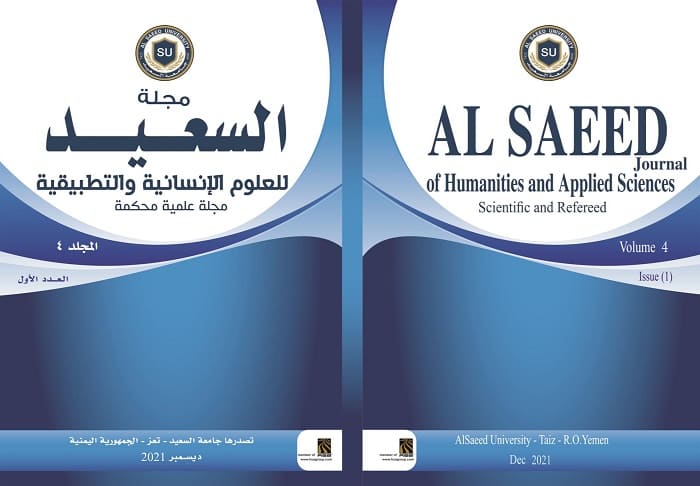The extent to which the modern methodology of risk-based internal auditing is applied and its impact on the effectiveness of risk management (A field study in Yemeni telecom companies)
DOI:
https://doi.org/10.59325/sjhas.v4i1.79Keywords:
Internal audit, Risk-Based Internal Audit Methodology, Risks, Risk ManagementAbstract
The study aimed to measure the extent to which Yemen telecom companies apply the risk-based internal audit methodology, and to identify the impact of the application of this methodology on the effectiveness of risk management. To achieve the objectives of the study a questionnaires was developed and distributed to all members of the study community in Yemen telecom companies, the internal auditors, the number of (109) resolution, by (82.60%) Of the total of questionnaires distributed to the member of the study community. The study found that the modern methodology of risk-based internal auditing is applied in Yemen telecom companies, the value of the arithmetic mean (3.47) degrees and by a ratio of (69.40%),which represents a high approval rate according to scale used in the study, and that the application of this methodology to increase the effectiveness of risk management, and improve is efficiency, the value of the arithmetic mean (3.63) degrees and by the ratio (72.60%),which represents a high approval rate according to the standard used. Based on these findings, the study emerged with a number of recommendation, the most important of which is the need for Yemeni telecom companies to establish an independent risk management department or unit with full responsibility for the performance of all activities and tasks of the company's risk management process, and the need to establish audit committees consisting of The experience of non-executive board members, and that there should be collaboration between the internal Audit department and the Audit Committee regarding risk management .
Downloads
Published
How to Cite
Issue
Section
License
copyright is retained by the authors. Articles are licensed under an open access Creative Commons CC BY 4.0 license, meaning that anyone may download and read the paper for free. In addition, the article may be reused and quoted provided that the original published version is cited. These conditions allow for maximum use and exposure of the work.



